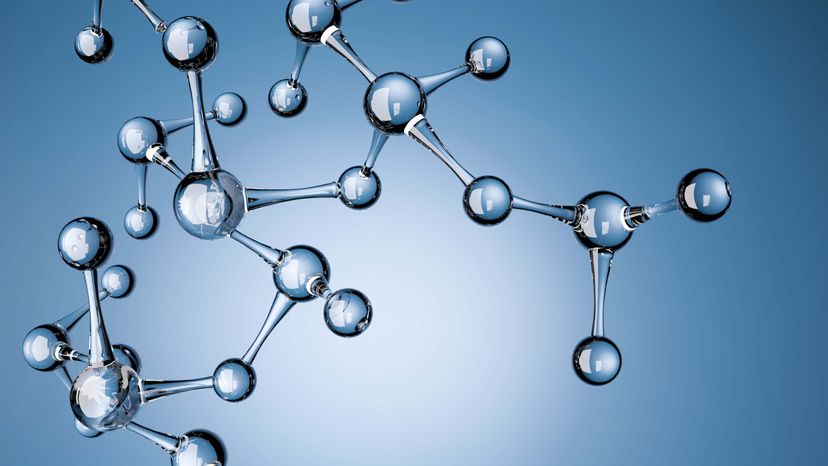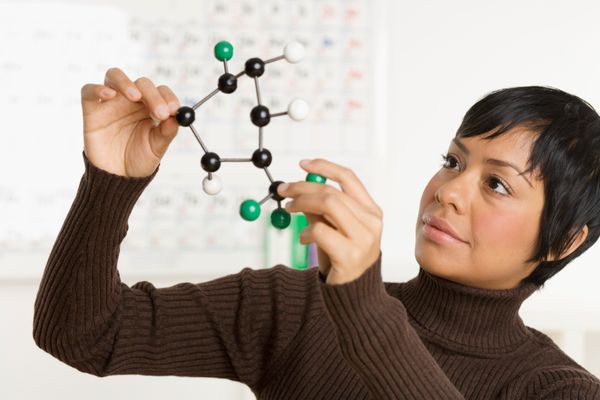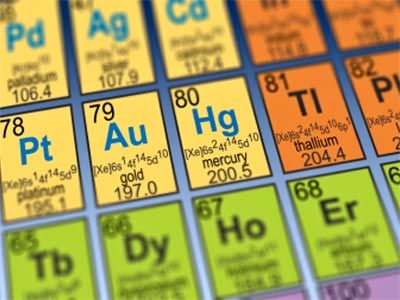
Have you ever been unsure about whether you're on a date or not? Let's say you're at an ice cream parlor sharing a milkshake with another person you like a lot — one milkshake, two straws. Each of you sips the chocolate malt through your own straw, your heads touching.
Of course this is a date — the oldest date in the book. Let's call it a covalent date.
Advertisement
But how about when you're sitting on a bench, looking at the sunset with somebody you feel undeniably attracted to. One of you is eating an apple, and suddenly the apple eater turns to the other and says, "I can't finish this — do you want it?" and the other, being kind of famished, says "I thought you'd never ask!" and starts eating the apple with the spit all over it.
This is perhaps a less romantic date, but it's still essentially a date. We'll call it an ionic date.
We have the stuff we have here in our universe — rocks, air, grass, puppies, slime molds — because of the tendency of the atoms in our universe to want to form bonds with each other — to go on dates, to hitch their wagons to each others' stars. The truth is, atoms, much like people, want to chill — want to work as little as possible. Combining forces with another atom or molecule can often help a stressed-out atom relax. Thanks to electrostatic force, through which opposite charges (positive and negative) will attract one another, while like charges (positive and positive or negative and negative) will repel, the negatively charged electrons of one atom are always going to be attracted to the positively charged protons in the nucleus of another, and vice versa.
It should be noted that, because atoms of different elements are more or less stressed out, depending on where they land on the periodic table, atoms are going to have different partnership needs depending on what element they are. Therefore, there are two different types of bonds atoms can form to make molecules, and they are pretty similar to the two kinds of dates described above.
Advertisement


